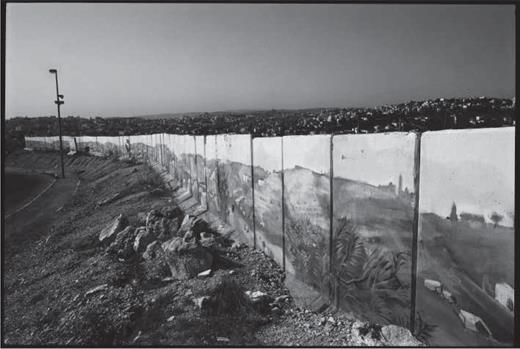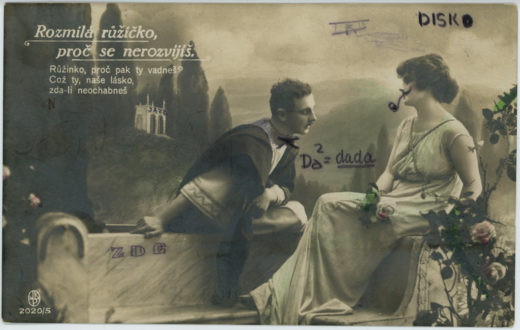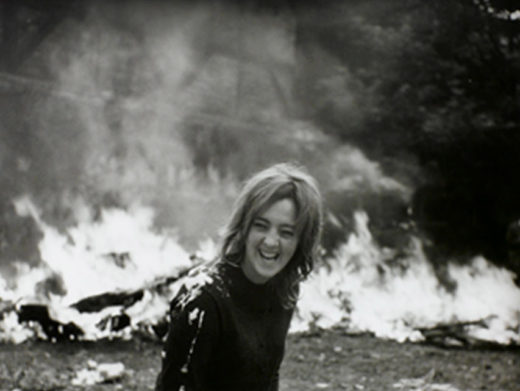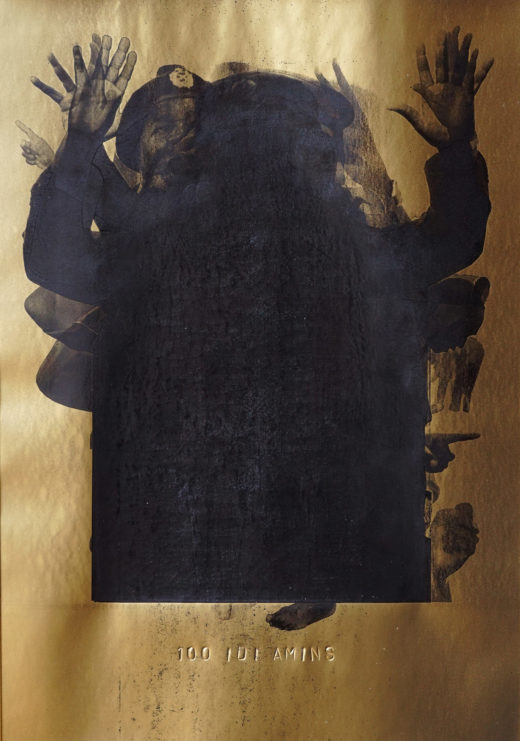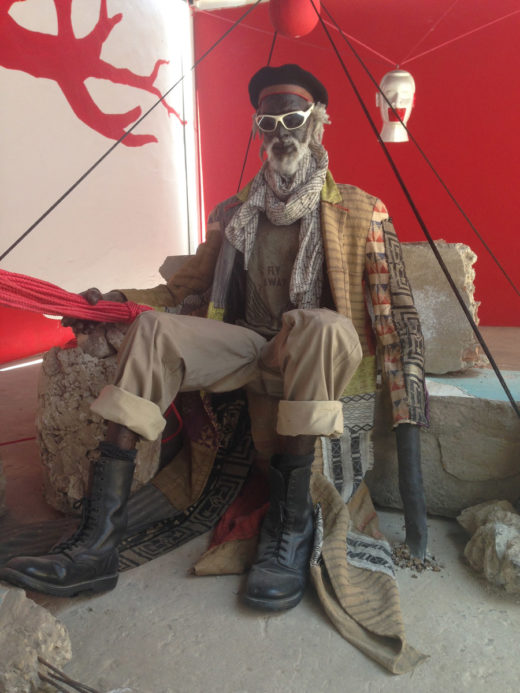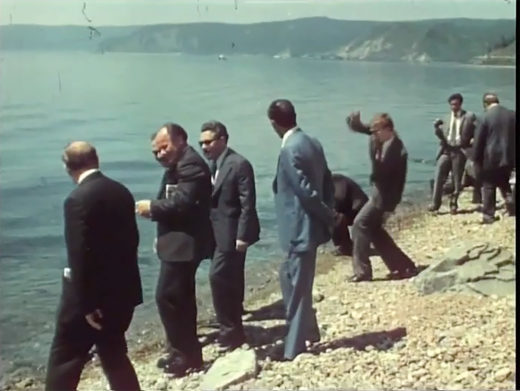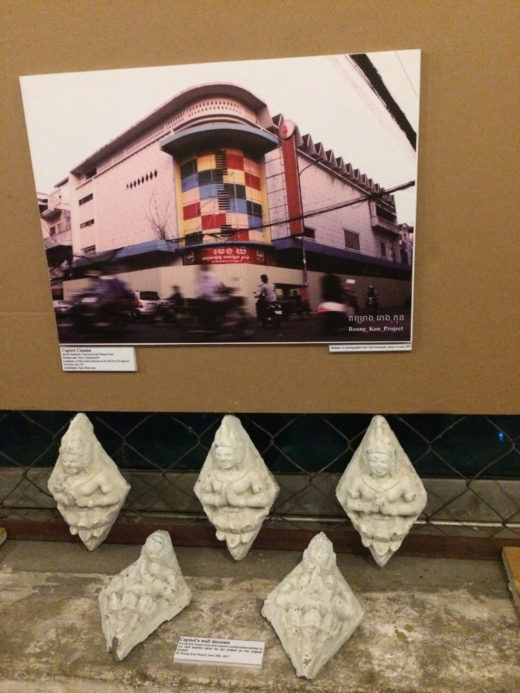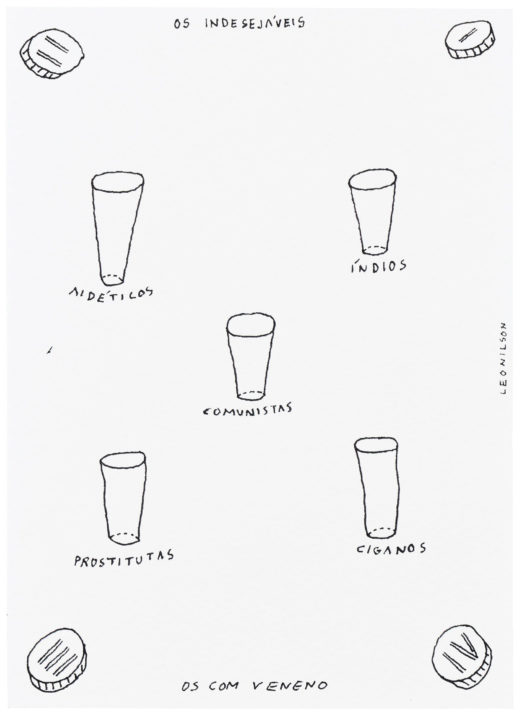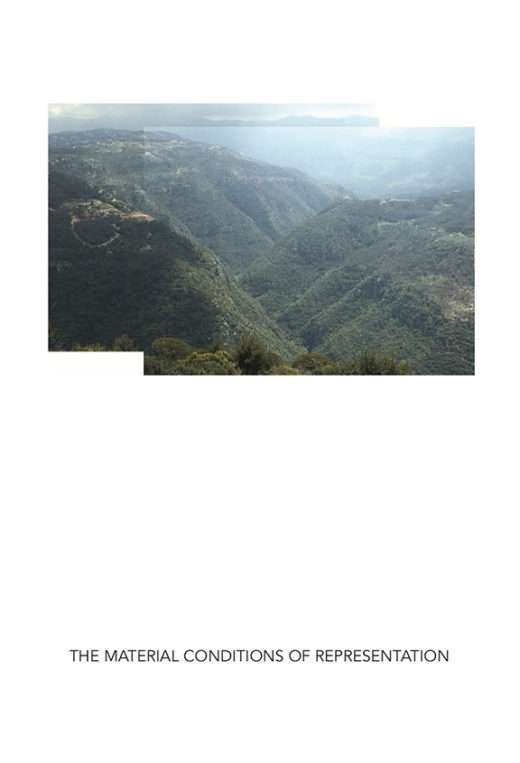Reframing Landscape
“Reframing Landscape” explores three distinct landscapes that have been decisively impacted by conquest and colonization, reframed by three artistic interventions: painting, photography, and sculpture. August Earle shows us the de-forested landscape of 19th century New Zealand, still guarded by a Maori totem; Miki Kratsman photographs a wall mural in occupied Palestine that erases the presence of indigeneous people; and Antony Gormley anticipates the clearing of Manhattan by a pandemic in whirlwind of metal. Real spaces and places are converted into landscapes of attention into what has been lost and what is to come.… Read more

